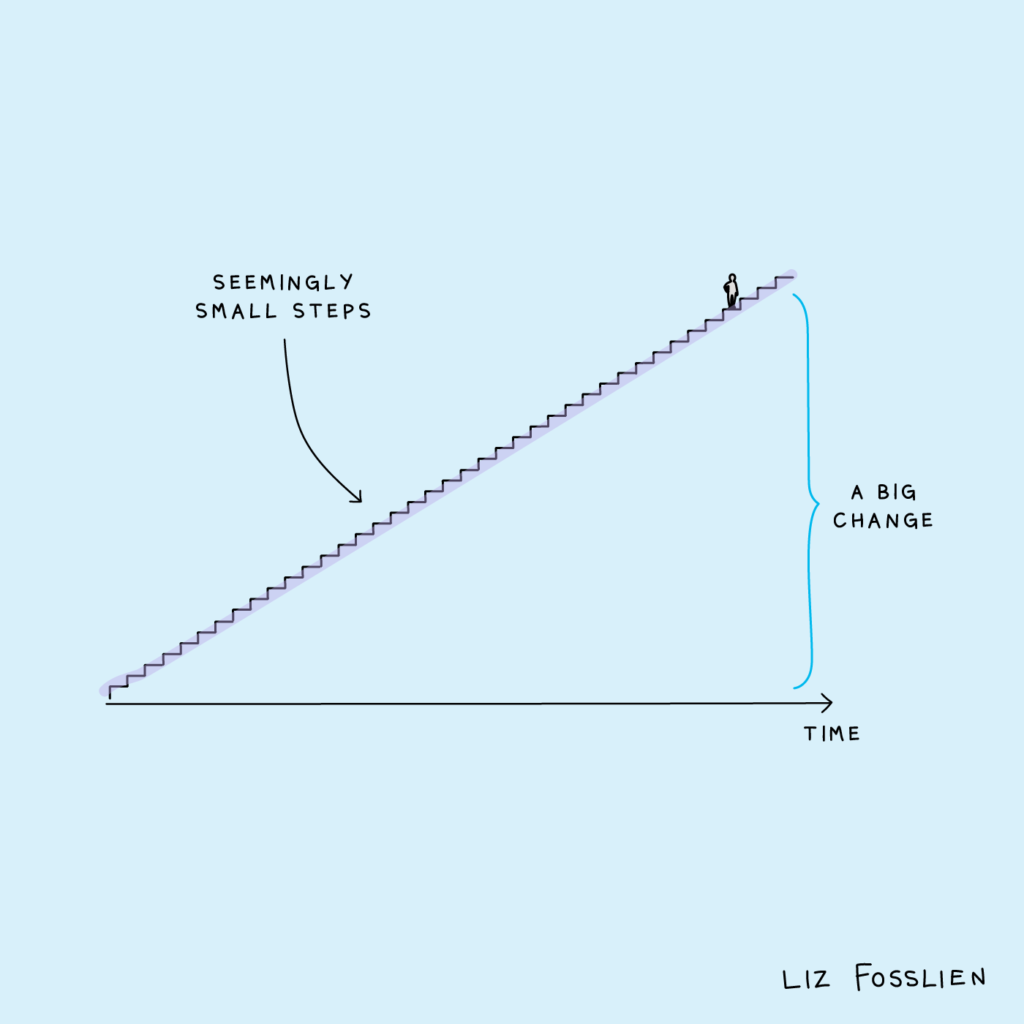Invisible wall exists between every speaker and their audience. You need to break down that wall to reach your audience, it’s the art of getting to “them.” To move from an experienced speaker to an engaging speaker, you need to understand that how you’re connecting is just as important as what you’re saying.
🧙♂️ Tell great stories. What establishes trust? Authenticity, simplicity, and creativity. All elements of a great story. An insightful story can persuade people from any walk of life.
🤹♀️ Ask powerful questions. Rather than pretend to be a know-it-all, ask questions to get them thinking, invite them to analyze how they think, provide food for thought, to make their own thought-based decisions.
🤗 Tap into empathy. Build your presentation around their needs. What subject really matters to them? What challenges are they facing? What do they need to make themselves successful?
🌜🌞 Use contrast and variety. “Serve” viewers a buffet of brief stories, contrasting a serious, investigative piece, delivered with intensity, with a fun human-interest story, sprinkled with banter.
🤷♂️ Embrace mistakes. Mistakes happen. No matter how much you plan, something unexpected and unpredictable is bound to occur. On the improv stage this fact creates magic. For an improviser there are no mistakes, only opportunities. Any communicator can practice this with any audience.
💯 Be real. Let them be real. Authenticity is the currency of a real engagement from an audience.
Listen podcast and read full article “8 Tips for Engaging Your Audience” 👉 https://lnkd.in/eYC96Nzk



